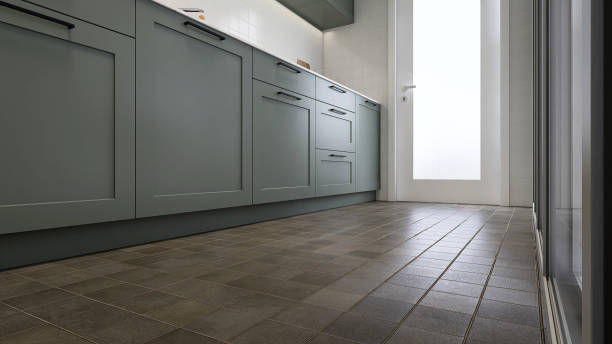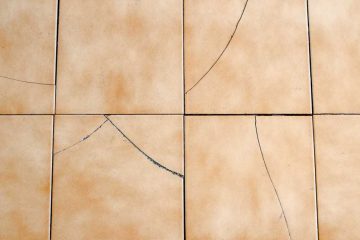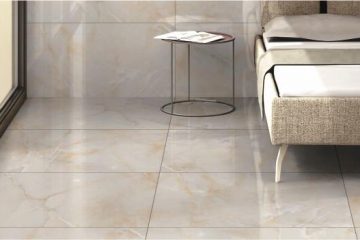HOW TO PROPERLY CLEAN COMMERCIAL TILE FLOORS

Ceramic tile is durable and beautiful, so it is commonly used as commercial flooring. A tile floor’s quality does not expire, provided it is properly maintained. Tile flooring is typically low-maintenance compared to other types. The surface can become dull and unsanitary if it is not maintained regularly. We’ll show you how to get the best out of commercial tile cleaner.
HOW OFTEN SHOULD TILE FLOORS BE CLEANED?
You should clean your floors at least twice per week, which includes vacuuming, mopping, and sweeping. If you live in an area with low usage, it might be a few times per week. If the floor is frequently used and in an area more susceptible to dirt, you should clean it more often. Bathroom tile should be cleaned once per week, and kitchen floor tiles twice per week. Spot-cleaning grout that is well maintained can be done every two to three months or as often as necessary.
WHAT YOU WILL NEED
Only a few items are required for tile floor cleaning. Other than warm water, you will need the following items:
- Use dish soap or an all-purpose cleaner
- Use a broom and a dustpan (a vacuum will also work).
- Mop made of rag or chamois
- Large water bucket
- Use a towel or cloth to dry.
WHY IS IT SO IMPORTANT TO CLEAN TILE FLOORS PROPERLY
It is crucial to clean tile floors properly because:
- Grout between tiles can become contaminated with dirt, debris, bacteria, mold, and mildew.
- Unclean floors can lead to allergies, infection, and even death.
- A clean floor can help in selling your property.
- Grout can be damaged by contaminants, which can reduce the floor’s life expectancy.
- No matter how old the floor is, a clean floor can still look new.
HOW TO CLEAN COMMERCIAL CERAMIC TILE FLOORS
The tile is resistant to scratches and doesn’t lose its shine easily. These steps will help you clean ceramic tile floors.
- Vacuum: Use a vacuum to sweep every square inch of the floor.
- Mix Cleaner with Warm Water: To mop general areas, use hot water and mild detergent. For deep cleaning tile floors, add 1/4 cup of low-sudsing detergent to a gallon of water. Add 1-2 tablespoons of commercial floor cleaner powder (or trisodium phosphate or washing soda) to the mixture.
- Mop to Cover the Whole Floor: Use gentle strokes and the same pattern throughout the room. It’s important that you don’t miss any spots or dirt.
- Change Bucket water frequently: If you are using larger areas, it is necessary to wash the mop and rag often. The water will get more cloudy and dirty over time. To avoid leaving behind a film, refill the bucket. To remove any film, soak a rag with hot water and white vinegar or a non-abrasive all-purpose cleaner and wipe it off.
- Don’t miss the Grout: Use a grout cleaner to clean your grout. After waiting a while, rinse it off. You can also use mild bleach (safely wearing gloves). For deep stains that are more than 10 minutes, wait and scrub the grout using a soft brush. Next, clean the floor thoroughly and dry it.
- Thoroughly Dry the Floor: Use an absorbent cloth to dry the floor and prevent water spots.
- Wet Floor Signs to Safety: Slip and fall accidents are common on slippery floors. Your facility should have warning signs to warn of any danger.







